Are you considering having an FUE hair transplant? You are not alone! The number of men and women who are choosing to have a hair restoration treatment has steadily been increasing over the past 5 years or so. With almost 80% of the men and 60% of the women across the world being affected by hair loss in some way, combined with the advancements in hair restoration treatments, restoring your hairline has never been easier, not to mention effective. Here is a brief guide to some hair restoration treatments available for anyone who is suffering from hair loss.
How does a hair transplant surgery work?
The concept of a hair transplant procedure is to restore hair to areas of hair loss by using the patient’s own hair. The hair grafts are usually taken from the sides and back of the scalp. These hairs are chosen because they are genetically immune to the DHT that causes hair loss in patients with androgenetic alopecia (male/female pattern baldness). When hair loss is advanced, the number of donor hairs available are limited. This also means that patients with advanced hair loss will not be able to get a “full head” of hair back without the use of multiple treatments working together.
FUE Hair Transplants Toronto
The two main hair transplant techniques that are still being used are follicular unit extraction (FUE) and follicular unit transfer (FUT). Both of these techniques have been developed over many years to ensure the best results with minimal recovery and scarring. The difference between FUE and FUT is how the grafts are prepared and the level of visible scarring. A micro-punch is used to remove individual hair grafts for FUE while FUT requires the removal of a strip of follicles that is then divided into hair grafts.
The advantages of an FUE hair transplant is that the level of visible scarring is not noticeable when compared to the very visible linear scar of an FUT or “strip method” hair transplant. In both of these procedures, the harvested grafts are carefully placed into the scalp. This does require a great level of skill as well as an eye for aesthetics. The grafts must follow the patient’s natural hair growth patterns, and the hairline design should be flattering to their unique bone structure. The key to a great hair transplant is making sure that it looks natural and is cosmetically pleasing.
Is hair transplant surgery right for me?
Making the decision of whether or not a hair transplant is a good option for you depends on a number of factors. The kind of hair loss as well as how advanced it is will help determine whether the treatment is right for you. You must also be willing to invest the time and money necessary to see the treatment process through to the end.
What are the alternatives to a hair transplant?
The team at the Toronto Hair Transplant Clinic are experts in hair loss. We offer a great selection of hair restoration treatments as alternatives to hair transplants. Non-surgical options include medication, PRP (Platelet Rich Plasma) therapy, LLLT (Theradome), and scalp micro pigmentation (SMP).





